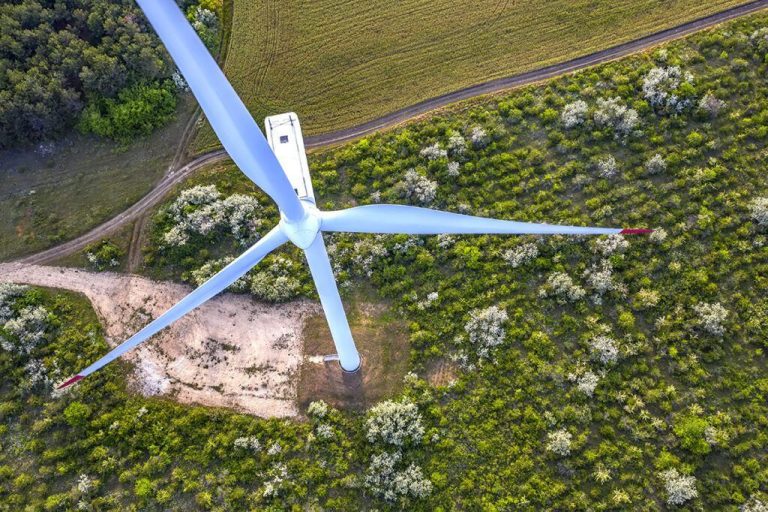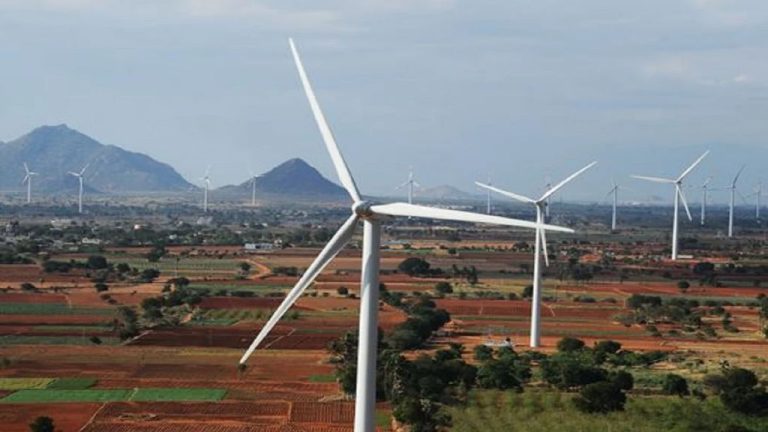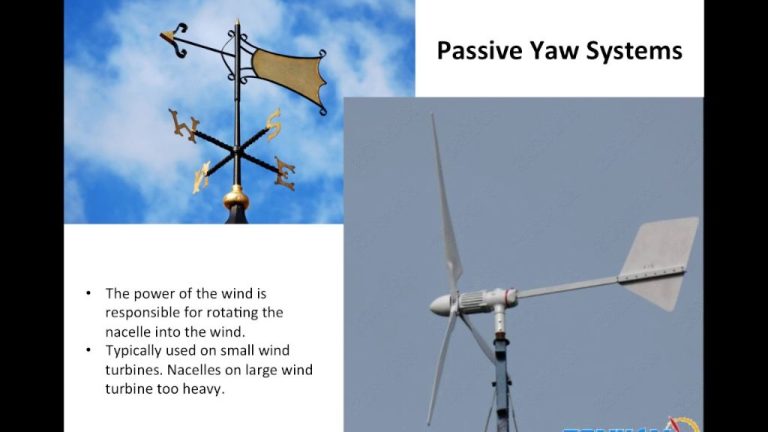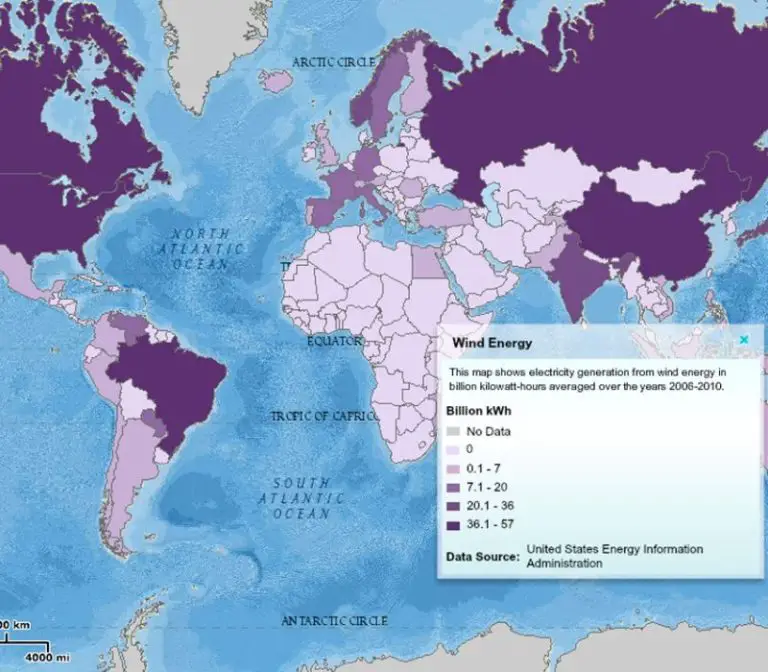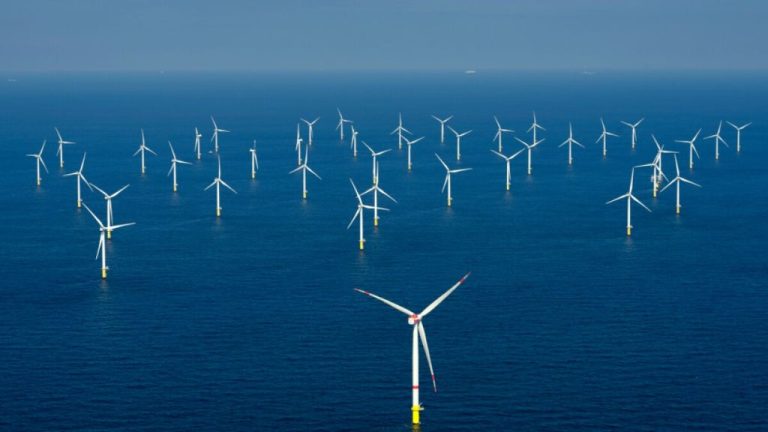Which Source Of Energy Is Not Connected To The Sun?
What is Solar Energy?
Solar energy is energy from the sun that is converted into thermal or electrical energy. The sun emits solar radiation, in the form of photons, which travel the 93 million miles from the sun to Earth in a matter of minutes. When this radiation hits the Earth, it can be converted directly or indirectly into electricity and heat.
Solar technologies use solar photovoltaic (PV) cells to directly convert sunlight into electricity. PV cells are made of semiconducting materials that absorb photons and release electrons, generating an electric current. This photovoltaic effect allows solar panels to produce electricity that can power homes, buildings, and the grid.
Solar energy can also be converted into thermal energy to provide heat for buildings, water, industrial processes, and other applications. Technologies like solar water heating systems use solar thermal collectors to absorb heat from the sun and transfer it to water or other fluids.
Overall, solar energy is clean, renewable power that comes directly from the sun. It offers an alternative to fossil fuels and provides emissions-free energy once panels or systems are manufactured and installed.
Major Solar Energy Sources
There are three main technologies that harness energy from the sun and convert it into usable electricity:
- Solar Photovoltaic (PV) Panels – Solar panels use semiconducting materials to convert sunlight directly into electrical current. They are composed of solar cells, with each cell producing a small amount of DC power. These cells are connected together to produce higher voltages and currents.
- Concentrated Solar Power – Concentrated solar uses mirrors to focus sunlight onto a receiver filled with a fluid. The concentrated light heats the fluid, which creates steam to spin a turbine and generate electricity. Parabolic troughs, solar towers, and solar dishes are different concentrator technologies.
- Solar Thermal – Solar thermal systems use solar collectors and panels to heat water or a heat-transfer fluid. This heated liquid is then used for applications like heating swimming pools, buildings, or domestic hot water.
Solar PV and concentrated solar generate electricity to power homes, businesses and connect to the grid. Solar thermal generates usable heat for water and space heating needs.
Advantages of Solar Power
Solar power has several key advantages that make it an attractive renewable energy source:
Renewable – Solar energy is renewable, meaning it cannot be depleted. The sun will continue radiating sunlight for billions of years, providing an endless supply of solar power.
Abundant – Solar energy is abundant and available almost everywhere on Earth. Even cloudy regions receive some sunlight. Unlike fossil fuels that exist in limited supplies, solar energy is practically limitless.
Reduces fossil fuel dependence – Widespread use of solar power would decrease our dependence on finite, polluting fossil fuels like coal, oil and natural gas. Solar energy diversifies energy supply and provides energy security.
Lowers emissions – Solar power generates electricity without air or water pollution. It emits no greenhouse gases that contribute to climate change. Widespread solar adoption can significantly lower emissions.
Disadvantages of Solar Power
While solar energy has many benefits, it also has some drawbacks that need to be considered. The main disadvantages of solar power include:
Expensive Upfront Costs
The initial cost of purchasing and installing solar panels and associated equipment is quite high. This includes solar panels, inverters, batteries, wiring, and labor for installation. For residential systems, the upfront cost can be anywhere from $10,000 to $25,000. Larger commercial solar systems can cost over $1 million.
Intermittent Power
Solar energy production depends on the amount of sunlight, which varies throughout the day and season. Cloudy weather and nighttime mean solar panels don’t produce any electricity during those times. Extra batteries are required to store surplus solar energy for use when the sun isn’t shining.
Land Use Conflicts
Large solar farms require significant land area to generate utility-scale amounts of electricity. This can create conflicts over land use, competing with agriculture, wildlife habitats, or scenic spaces. However, rooftop solar on homes and buildings maximizes land use efficiently.
Non-Solar Renewable Energy Sources
While the sun provides an abundant source of energy, there are several renewable energy sources that do not rely on the sun’s rays. These include wind, hydroelectric, geothermal, and biomass energy.
Wind Energy
Wind energy utilizes the natural flow of wind to turn large wind turbines. The rotational motion created is converted into electricity through generators. Wind power is extremely scalable and located across the world near coastal areas, plains, and hilltops. Advances in turbine technology have made wind energy more affordable and efficient.
Hydroelectric Power
Hydropower harnesses the natural flow of water downstream to generate electricity. Hydropower plants utilize dams and reservoirs to control water flow, which rotates turbines connected to power generators. Hydroelectricity provides reliable baseload power that can be adjusted to meet demand. Large-scale hydropower requires suitable topography and rivers.
Geothermal Energy
Geothermal energy taps into the natural heat underneath the earth’s surface for heating and electricity generation. High-temperature geothermal energy uses hot water or steam from geothermal reservoirs brought up through wells. Lower temperature geothermal can use the stable temperatures near the surface for heating and cooling. Geothermal power provides constant baseload energy but depends on subterranean geologic conditions.
Biomass Energy
Biomass energy utilizes organic plant and animal waste to generate electricity and heat. Biomass fuel sources include forest residues, agricultural crops and waste, wood and wood waste, animal manure, aquatic plants, and municipal waste. Biomass is used directly via combustion or converted into liquid biofuels or biogas. Biomass is renewable but can have large land requirements for crop growth.
Wind Energy
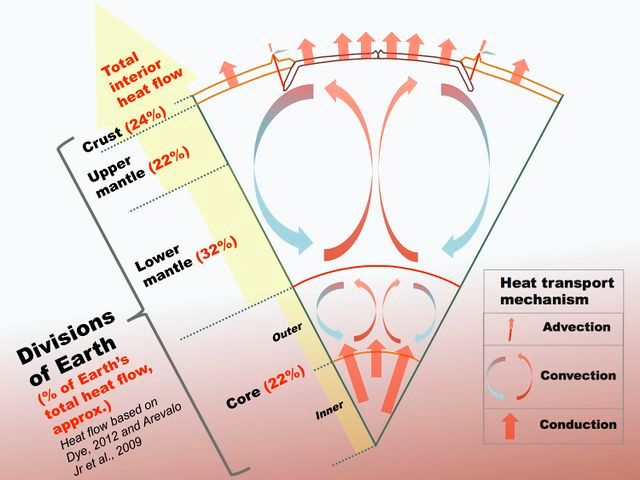
Wind energy is one of the most promising non-solar renewable energy sources. It harnesses the wind using large wind turbines to generate electricity. Wind turbines work by capturing the kinetic energy from wind and converting it into mechanical energy using rotor blades. As the wind blows and pushes the turbine blades, it causes them to spin around a rotor. The spinning rotor turns a shaft connected to a generator which then converts the mechanical energy into electrical energy.
Modern wind turbines can be enormous, with blades over 60 meters long placed atop 90 meter towers. The taller the tower, the more wind energy that can be captured. Wind speeds also tend to increase as you go higher up. Large wind farms will have hundreds of wind turbines and can generate hundreds of megawatts of power. Wind farms are often placed in areas that experience strong and consistent winds, such as plains, hilltops and offshore at sea.
The main advantages of wind energy are that it’s renewable and cleaner than fossil fuels. After building the turbines, there are minimal costs and emissions associated with generating electricity. Some of the disadvantages are that wind power relies on having sufficient wind, turbines can be noisy, and they can impact wildlife such as birds. But with modern designs, these issues have been mitigated to a large degree. Overall, wind energy is rapidly expanding across the globe as countries transition away from dirtier forms of energy and tap into this free and abundant renewable resource.
Hydroelectric Power
Hydroelectric power harness the energy of flowing water to generate electricity. It uses the natural water cycle of evaporation, condensation, and precipitation to spin turbines connected to power generators. The key components of a hydroelectric system are the dam, reservoir, turbine system, and powerhouse. Dams are constructed to raise the water level and store water in reservoirs. When the water is released from the reservoir, it flows through penstocks and turns turbines in the powerhouse to generate electricity.
The amount of power generated depends on the volume and speed of the water flow. Hydroelectric power provides a renewable, emissions-free energy source. However, it requires suitable topography and geography to build dams and reservoirs. It can also impact river ecosystems and habitats. Overall, hydroelectricity is a major source of renewable power across the world, providing 16% of global electricity generation.
Geothermal Energy
Geothermal energy is a renewable source of energy that harnesses heat from the earth’s core to produce steam for generating electricity. The word “geo” means earth, while “thermal” means heat. So geothermal energy refers to the heat energy contained within the earth.
The earth’s core is extremely hot, with temperature rising significantly as depth increases. This internal heat powers geological processes like plate tectonics and volcanism. Geothermal power plants are built where magma rises close to the surface, allowing hot rocks and water reservoirs to be accessed just underground.
To generate electricity from geothermal energy, wells are drilled into the reservoirs to pump up hot water or steam. This heated fluid is brought to the surface and directed to drive turbine generators that produce electricity. After driving the turbines, the cooled water and condensed steam are returned back into the reservoir to be reheated.
Geothermal power plants run steadily 24/7 since the earth provides a continuous source of heat. While geothermal only accounts for about 0.3% of U.S. electricity generation, it offers a clean and renewable source of baseline power for the energy grid.
Biomass Energy
Biomass energy is derived from burning organic matter such as plants, wood, agricultural residues, and waste to produce heat and generate electricity. The carbon in biomass originally comes from atmospheric carbon dioxide (CO2) absorbed by plants through photosynthesis. When biomass is burned, the carbon stored in the plants is released back into the atmosphere as CO2. Unlike fossil fuels, which inject stored carbon into the atmosphere very quickly, the carbon released from biomass is part of this rapid natural carbon cycle. In this way, biomass can provide a renewable and sustainable source of energy.
Common sources of biomass include forests, farms, and landfills. Forest biomass can come from logging and forest management operations that thin out dense stands of trees and clear away underbrush to reduce wildfire risks. Farms generate substantial volumes of organic residues such as straw, husks, and stems that can be burned for bioenergy. Even municipal solid waste like everyday trash contains organic matter that holds energy potential.
There are a few main ways biomass is used for energy production: direct burning, co-firing, and converting to liquid biofuels. Direct burning in biomass-fired furnaces and power plants is the most common approach. Co-firing involves supplementing fossil fuels like coal with biomass. Converting biomass to liquid biofuels like biodiesel and ethanol enables renewable fuels for transportation. In the future, new technologies may allow generating electricity directly from liquid biofuels.
Biomass energy is one of the most flexible renewable resources since organic matter is available almost everywhere. It does not rely on weather conditions like sun or wind. Biomass can help reduce dependence on fossil fuels and lower net carbon emissions. However, there are some concerns around air pollution, sustainability, and efficiency that must be addressed for biomass to reach its full potential as a major energy source.
Most Promising Non-Solar Renewables
When evaluating non-solar renewable energy sources, several factors determine which options are most promising for large-scale adoption. Key considerations include scalability, cost-competitiveness, dispatchability, capacity factor, environmental impact, and more.
Based on these criteria, wind and hydropower are often viewed as the most promising non-solar renewables:
-
Wind – Wind power can be scaled up in many regions and is now cost-competitive with fossil fuels. Wind farms have capacity factors of 35-55%. While variable, forecasting helps grid integration.
-
Hydropower – Already provides 16% of world electricity. Existing dams can be expanded. Hydropower has a high capacity factor and is dispatchable. However, best sites are often already utilized.
Geothermal and biomass also show promise in certain locations:
-
Geothermal – A consistent baseload renewable source. Significant potential with enhanced geothermal systems (EGS). High capital costs remain a barrier.
-
Biomass – Dispatchable and a drop-in replacement for coal. Limited by sustainable feedstock availability, though crops and waste streams can be utilized.
Overall, wind and hydropower are the most promising large-scale non-solar renewables, with geothermal and biomass having important niche roles to play.

